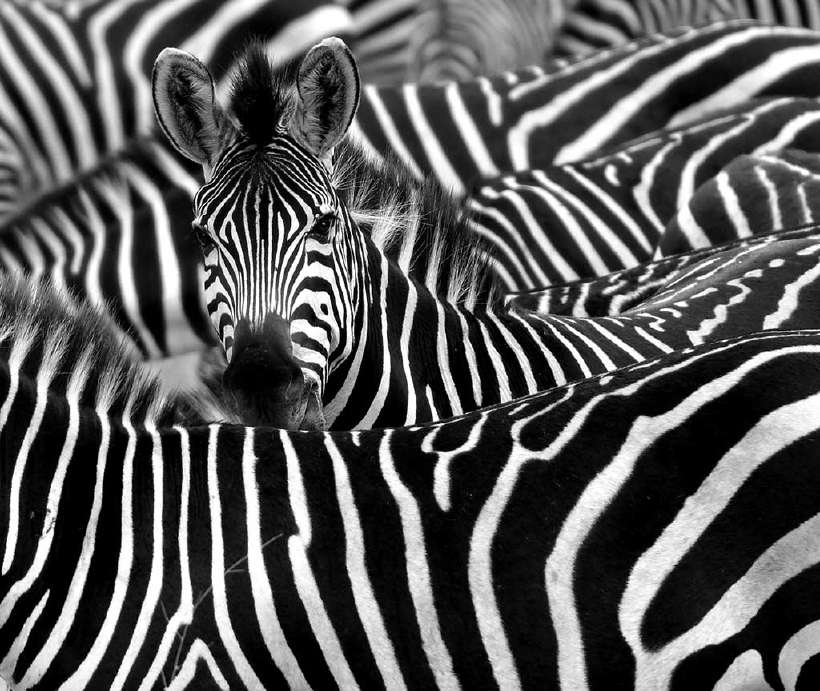Why are Zebras Striped?
Home / Science for Kids / 5Ws & H For Kids / Why are Zebras Striped?
As a child I was always full of questions. I remember asking my parents why zebras were striped or why did giraffes have such a long neck. Most of the time the answers were elusive and I used to be very irritated. I could never get the right answer to satisfy my curiosity. I now realize why my parents could not give me a concrete answer. You see I happened to be in the same dilemma when my three-year-old daughter asked me the same question! I was faced with the difficult task of giving her half-baked answers or finding the right answers this time.
The most obvious question to ask about zebras is why are zebras striped? Unfortunately nobody really knows the answer. Looking at zebras in the zoo, the striped pattern seems very conspicuous and could hardly be thought of as protective.
Zoologists believe the stripes on a zebra could be one of several reasons. It could be basically for camouflage very much like the military fatigues. The bold wavy lines of a zebra blend in with the tall wavy grassy plains of Africa where these animals live. The bold stripe may even serve to break up the shape of the Zebra. If a zebra is standing still in such surroundings, a lion, its chief predator, may overlook it completely.

It doesn’t matter that the zebra’s stripes are black and white and the grass are dusty brown or green, because the lion is colour blind!
However this may benefit an individual zebra in some situations but is it likely a large zebra herd would be able to escape a lion’s notice? This is exactly where it helps the zebra most. Zebra herds are very large but they stay very close to one another.
When all the zebras stick together in a herd, the pattern of stripes blends in with the stripes of the zebras around it. This is confusing to the lion! All it can see is a large, moving, striped mass instead of many individual zebras. The lion has trouble picking out individual zebras and it’s harder still for the lion to recognize which way each zebra is moving!
Each zebra pattern is unique like a fingerprint. Also like a fingerprint, the patter varies from zebra to zebra and no two zebras are exactly alike. What is truly amazing is that zebras can recognize other zebras from their body stripe! A mother can instantly spot her colt in a herd!
There are three species classified according to the variations in the arrangement of the stripes – the Imperial or Grevy’s zebra, the Plains or Common zebra and the Mountain zebra – and several subspecies. The mountain zebra is the smallest of these averaging only four feet. It has silver-white stripes with black markings that extend to every part of the body except the stomach and the inner part of thighs. Plains zebras travel in large herds and are pale yellow with broad black stripes. This specie has several variations: some have stripes down to the hooves while the lower legs of the others are solid white without any stripes.
Do you know that people of Africa think of zebras as black animals with white stripes whereas people outside Africa consider them as white animals with black stripes! Black stripes or white, the fact remains that zebras are extremely unique and are among the fastest and most graceful of runners in the African bush land.
580 words |
5 minutes
Readability:
Grade 7 (12-13 year old children)
Based on Flesch–Kincaid readability scores
Filed under: 5ws and h
Tags: #africa, #mountains, #patterns, #zebra
You may also be interested in these:
Himalayas Have a Deep Impact on the Climate of the World
It's a Zoo Out There!
A New Camel Specie Discovered
Weave a Thread
My Dream (A Vision Of Peace)